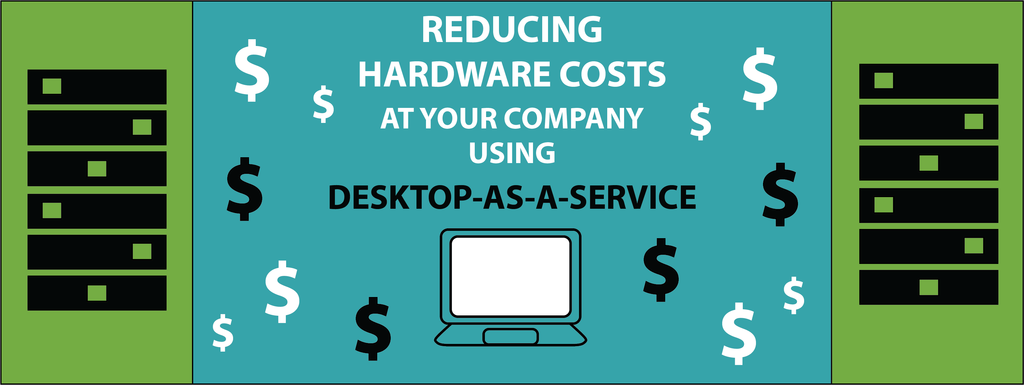A growing trend is for IT execs to provide cloud-based Windows desktop sessions for employees using their own devices, otherwise known as “Bring Your Own Device” or BOYD. This requires strict policies on what can and cannot be used. Using hosted virtual desktop services to control this new technology trend can facilitate the process and control the software and data being accessed and shared.
Using virtual desktop hosting gives companies a policy-controlled session that can be accessed by an enormous range of devices. People using an iPad with a Bluetooth keyboard, for example, can access the system. So can those using a Mac or an older model Windows XP PC. This streamlines things, because employees don’t have to upgrade their own devices to be able to work from home or while traveling on company business. It really makes the type of machine being used to access the cloud irrelevant.
How does a desktop as a service work? It is similar to the Remote Desktop Protocol (RDP) or Virtual Network Control (VNC) protocols. For those who remember, PCAnywhere, where users had access to a screen, a keyboard and a mouse that were connected to a different computer, making the user feel as though a nearby computer was being used: this process is similar.
Today’s technology incorporates Virtual Device Interface-Infrastructure (VDI), which offers the same features but adds sound and local ports and drives. The VDI can be achieved onsite or through the cloud. Hosted virtual desktop service providers act as a gateway for connecting cloud-based users with applications and hardware.







